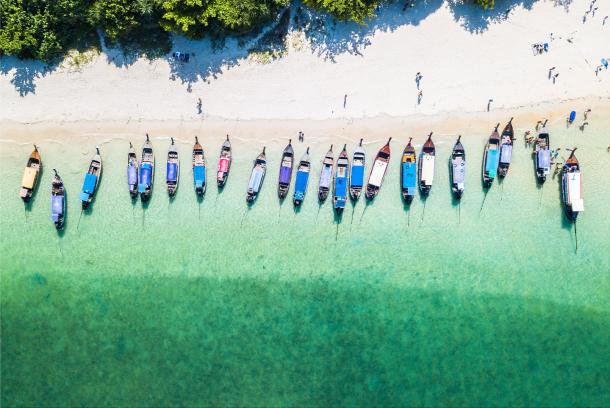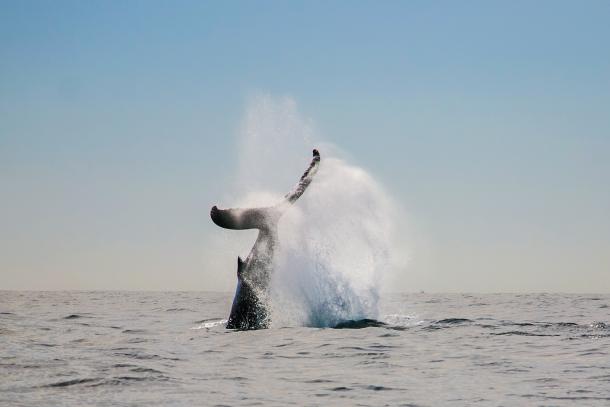
Manage
Marine Spatial Planning
Marine Spatial Planning (MSP) is a public process of analyzing and allocating the spatial and temporal distribution of human activities in marine areas to achieve ecological, economic and social objectives that have been specified through a political process.
MSP is not an end in itself but a practical way to create and establish a more rational use of marine space and the interactions among its uses, to balance demands for development with the need to protect the environment, and to deliver social and economic outcomes in an open and planned way.

LME: LEARN
Large marine ecosystems (LMEs) are regions of the world's oceans, encompassing coastal areas from river basins and estuaries to the seaward boundaries of continental shelves and the outer margins of the major ocean current systems. They are relatively large regions on the order of 200,000 km² or greater, characterized by distinct bathymetry, hydrography, productivity, and trophically dependent populations. Productivity in LME protected areas is generally higher than in the open ocean. Although the LMEs cover mostly the continental margins and not the deep oceans and oceanic islands, the 66 LMEs produce about 80% of global annual marine fishery biomass. In addition, LMEs contribute USD 12.6 trillion in goods and services each year to the global economy. Due to their close proximity to developed coastlines, LMEs are in danger of ocean pollution, overexploitation, and coastal habitat alteration.

Marine Policy
Through its Marine Policy and Regional Coordination Section (IOC/MPR), the IOC is fully engaged in multi-agency consultation processes with the aim of fostering partnerships related to ocean and coastal matters.


